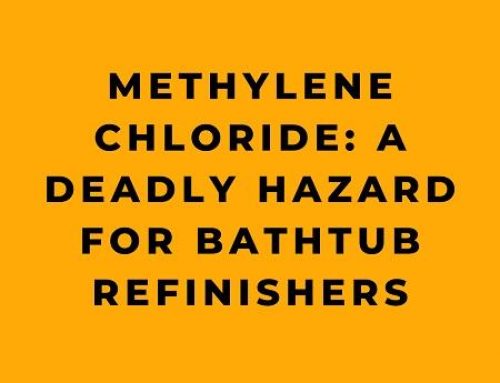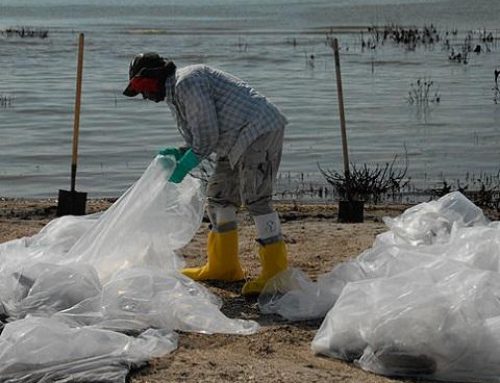Safety showers and eye washes are essential pieces of equipment in any workplace where employees may be exposed to hazardous substances. These devices provide a quick and easy way to remove potentially harmful substances from the body, and can help to prevent accidents and injuries. By providing employees with access to safety showers and eye washes, employers can help to create a safe and healthy work environment.
Safety showers are large, overhead showers that are typically activated by pulling a cord or pressing a button. They are designed to provide a strong, steady flow of water to quickly rinse off hazardous substances from the body. Eye washes, on the other hand, are smaller devices that are designed to rinse the eyes and face. They are typically activated by pressing a button or lever, and can provide a gentle stream of water to flush out any substances that may have come into contact with the eyes.
Both safety showers and eye washes are typically located in areas where hazardous substances are present, such as laboratories or industrial workplaces. They should be easily accessible, and employees should be trained on how to use them properly in case of an emergency.
In addition to providing employees with access to safety showers and eye washes, it’s also important to maintain these devices regularly. This means regularly checking and replacing the water supply, and ensuring that the devices are in good working order. It’s also important to periodically test the devices to make sure that they are functioning properly.
In conclusion, safety showers and eye washes are essential pieces of equipment in any workplace where employees may be exposed to hazardous substances. By providing employees with access to these devices, and regularly maintaining them, employers can help to create a safe and healthy work environment, and can prevent accidents and injuries.
Do you need Online Training for Safety Showers and Eye Washes in the Workplace?
Try a free demonstration of our Safety Showers and Eye Washes training programs, where you can see the full content of the training program and how the system works from the perspective of the trainee:










